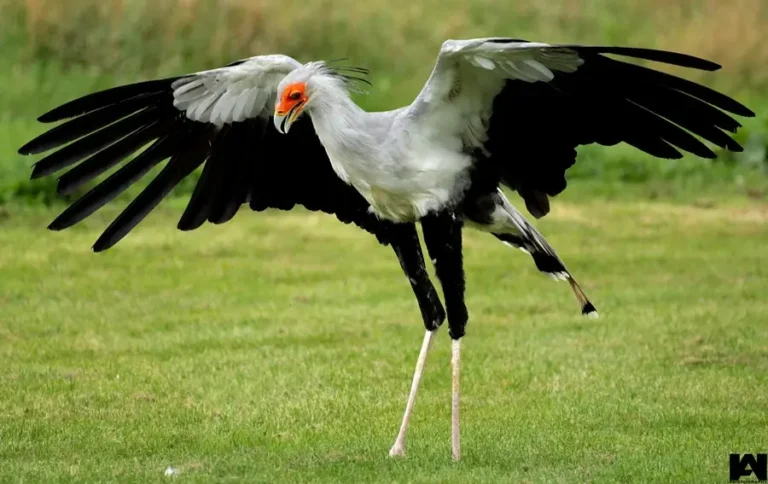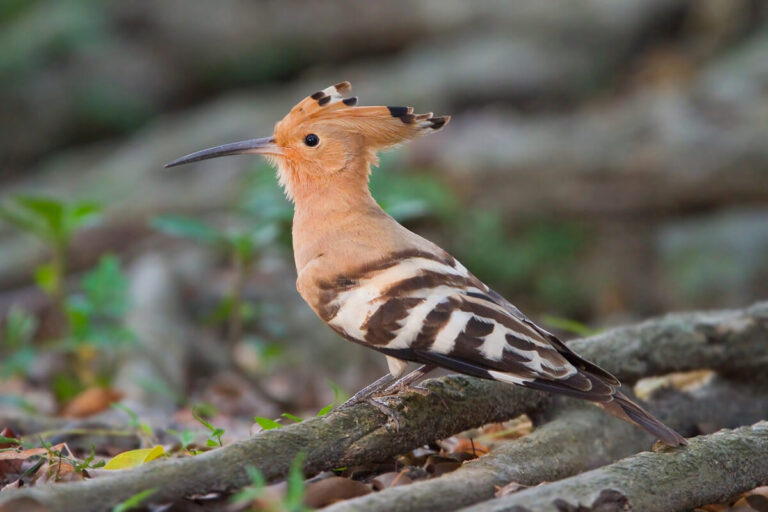Roseate Spoonbill: An In-Depth Overview
The Roseate Spoonbill (Platalea ajaja) is one of the most distinctive wading birds in the world, known for its striking pink plumage and unique spoon-shaped bill. This bird is often seen gracefully wading through shallow waters for food, making it a favorite among bird watchers and nature enthusiasts.
Contents
Scientific Classification
- Kingdom: Animalia
- Phylum: Chordata
- Class: Aves
- Order: Pelecaniformes
- Family: Threskiornithidae
- Genus: Platalea
- Species: Platalea ajaja
Physical Characteristics

The Roseate Spoonbill is easily recognizable due to its vibrant pink feathers, long legs, and unique bill shape:
- Size: Adults typically measure about 28-34 inches long with a wingspan of 47-52 inches.
- Weight: They weigh between 1.5 to 4 pounds.
- Coloration: The bird’s pink coloration varies in intensity depending on diet and age, with mature individuals sporting deeper pink hues.
- Bill: The most distinctive feature is the spoon-shaped bill, which is long, flattened, and broad at the tip, adapted for tactile foraging in murky waters.
- Other Features: Adults have a bare, greenish head, red eyes, and a feathery body with shades ranging from pale pink to deep magenta.
Habitat
Roseate Spoonbills inhabit shallow wetlands, including mangroves, marshes, lagoons, and tidal ponds:
- Geographical Range: They are found along the coastal regions of the southeastern United States, Central America, South America, and the Caribbean.
- Preferred Environment: These birds favor brackish and saltwater habitats, often nesting in mangroves, shrubs, or low trees near water.
Behavior

The Roseate Spoonbill is a social bird, often seen in flocks with other wading birds such as egrets, herons, and ibises:
- Feeding Behavior: They use their spoon-shaped bill to sift through mud and shallow water, sweeping it side to side to detect prey by touch.
- Social Structure: They are generally social, forming small colonies during breeding.
- Flight Pattern: When in flight, they hold their necks straight and flap their wings slowly, often flying in small, synchronized groups.
Diet
Roseate Spoonbills are carnivorous, feeding primarily on small aquatic animals:
- Primary Diet: They consume small fish, crustaceans, insects, and other invertebrates.
- Feeding Technique: Their spoon-shaped bill is highly sensitive, allowing them to feel prey items in the water as they sweep it.
Reproduction
Roseate Spoonbills breed in colonies, often alongside other wading birds:
- Breeding Season: The breeding season varies by location but generally occurs during the warmer months when food is abundant.
- Nesting: Nests are built in shrubs or trees, usually over water, and are made from sticks and vegetation.
- Eggs: Females lay 2-4 whitish eggs with brown speckles. Both parents share the responsibility of incubating the eggs and feeding the chicks.
- Chick Development: Chicks hatch after 24-25 days and fledge at around 6-7 weeks old.
Predators
Roseate Spoonbills face threats from a variety of predators, especially during the nesting period:
- Common Predators: Eggs and chicks are vulnerable to raccoons, snakes, and birds of prey. Adult spoonbills have few natural predators but can fall victim to large raptors like eagles.
- Defensive Behavior: They rely on colonial nesting for protection, and adult birds may aggressively defend their nests.
Conservation Status
The Roseate Spoonbill is currently classified as Least Concern by the IUCN, but it faces several environmental threats:
- Historical Threats: In the past, they were heavily hunted for their feathers used in the fashion industry.
- Current Threats: Habitat loss, pollution, and climate change pose significant risks. Wetland degradation due to human activities, such as development and water pollution, continues to impact their populations.
- Conservation Efforts: Protected areas and conservation initiatives focusing on wetland restoration and protection are crucial for maintaining healthy spoonbill populations.
Interesting Facts
- Unique Foraging Technique: Unlike other wading birds that rely on sight, the Roseate Spoonbill uses its bill’s sensitivity to detect prey by touch.
- Coloration Influence: The pink coloration comes from the carotenoid pigments in their diet, primarily obtained from crustaceans.
- Social Display: Spoonbills often engage in various social displays, including bill clattering and head bobbing, especially during courtship.
Evolutionary History
Roseate Spoonbills belong to an ancient lineage of wading birds:
- Origins: They share a common ancestor with ibises, and their distinct bill shape evolved as an adaptation for foraging in murky waters.
- Fossil Evidence: Fossils suggest that spoonbills have existed for millions of years, with species closely resembling modern forms dating back to the Miocene Epoch.
Relationship with Humans
The Roseate Spoonbill has a mixed relationship with humans:
- Positive Impacts: They are a beloved species among bird watchers and are often seen as a symbol of healthy wetland ecosystems.
- Negative Impacts: Human activities, such as habitat destruction and pollution, have historically impacted their populations, though conservation measures have helped them recover in many areas.
Conclusion
The Roseate Spoonbill is a strikingly beautiful bird and a crucial indicator of the health of wetland ecosystems. While the species has rebounded from historical declines, ongoing conservation efforts are necessary to ensure its continued survival. Their unique behavior, captivating appearance, and importance to the environment make the Roseate Spoonbill a fascinating subject for scientists and nature lovers.
- Golden Retriever Pros and Cons: What Every Pet Parent Should Know - 15 September 2025
- Cane Corso Dog Breed: Health, Care, and Lifespan - 14 September 2025
- Catahoula Leopard Dogs: Description, Temperament, Lifespan, & Facts - 21 July 2025







